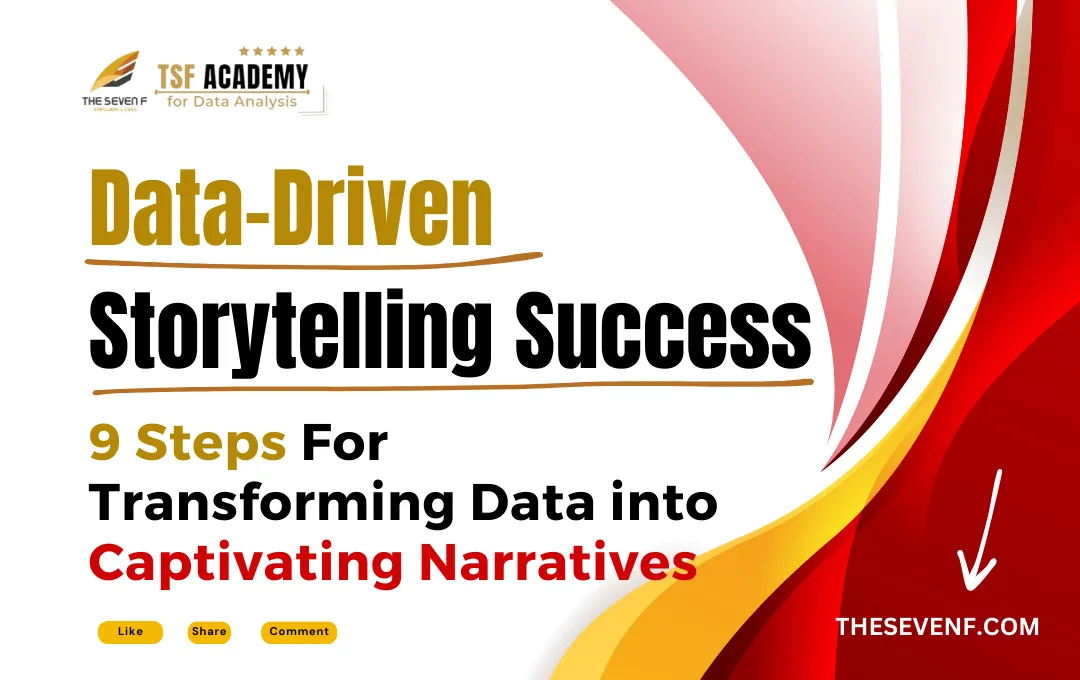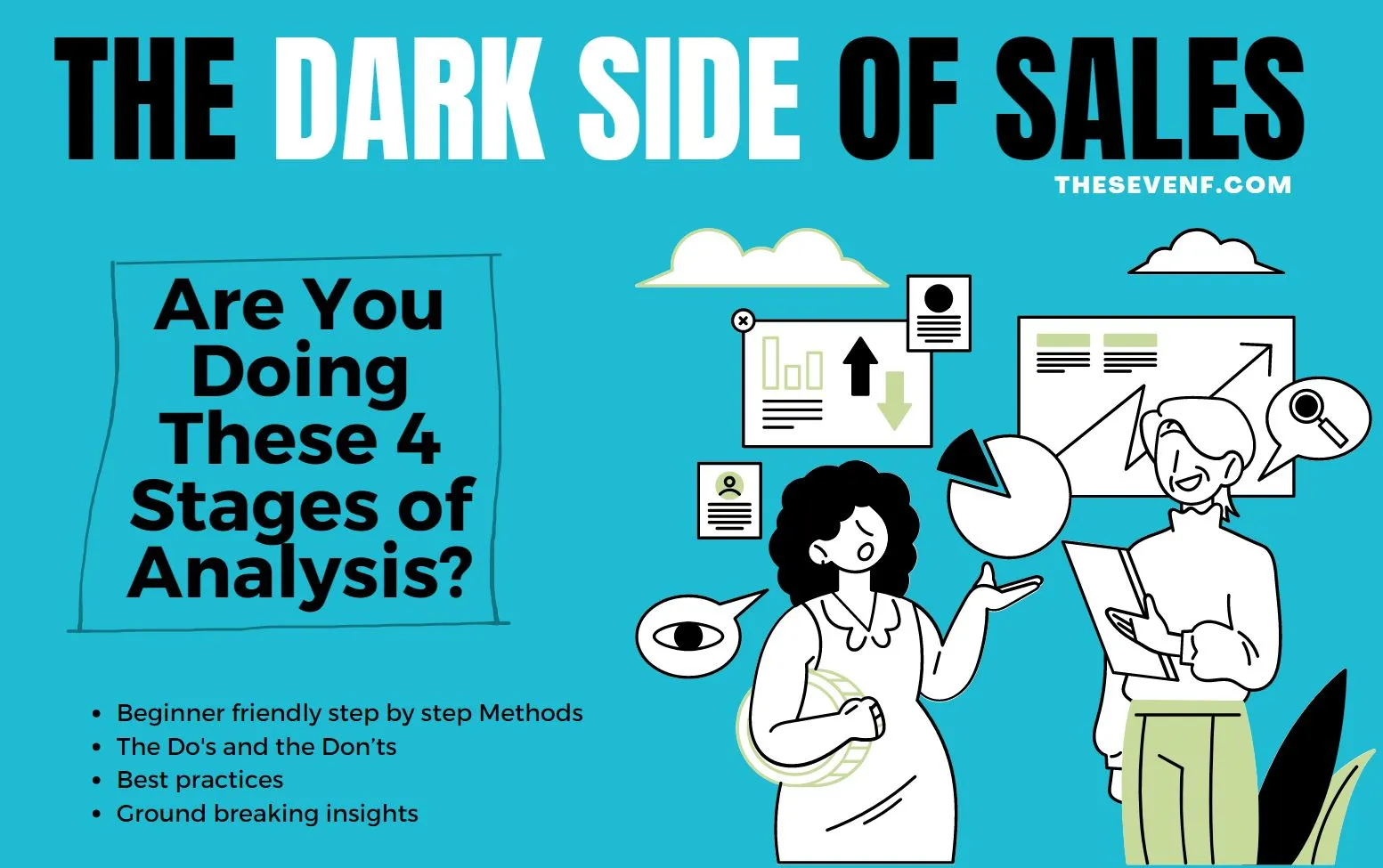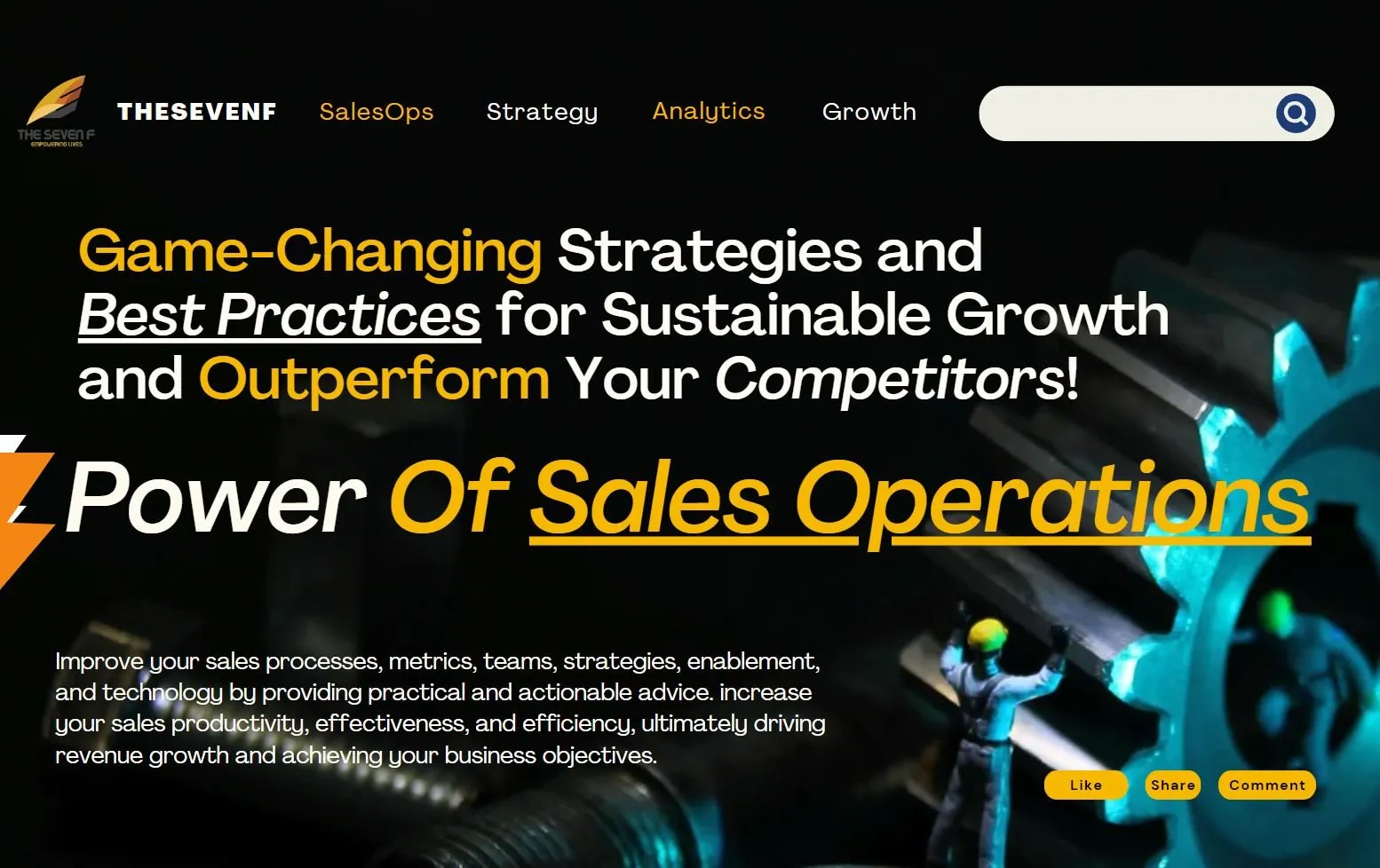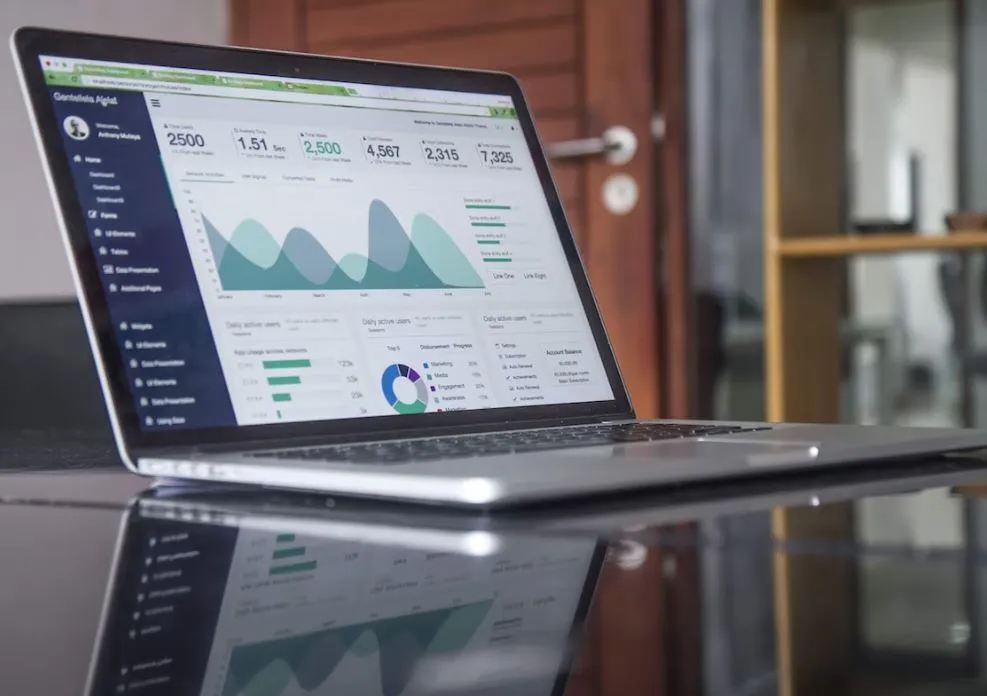Transforming Data into Captivating Narratives: The Roadmap to Data-Driven Storytelling Success
Data-Driven Storytelling is the practice of using data to convey a compelling and meaningful narrative.
It involves taking raw data, analyzing it, and presenting it in a way that tells a story, conveys insights, and supports decision-making.
Here are some tips, real-time challenges, modern hacks, and a step-by-step approach for beginners to prepare data-driven storytelling that adds real value to the business:

🔴 Know Your Audience:
Understand who you are communicating with. Tailor your data-driven story to their level of expertise and their specific interests. This ensures that your message resonates with your audience.
🔴 Use the Right Data:
Ensure the data you use is relevant, accurate, and of high quality. Validate your data sources and be transparent about any limitations or biases. Ensure that the data you present is directly related to the message or story you're conveying. Irrelevant data can confuse the audience.
- ✔️ Contextualize the Data: Provide context for your data. Explain why the data is important, how it was collected, and what it means in a broader context.
- ✔️ Incorporate Data Ethics: Adhere to ethical data practices, especially regarding privacy and security. Respect regulations and ensure data privacy and security.
🔴 Start with a Clear Message:
Begin with a well-defined message or insight you want to convey. Your data-driven story should have a central theme or takeaway, which you need to mention at the very beginning which will make your audience stick to your presentation.
- ✔️ Simplicity is Key: Keep your data story simple and concise. Avoid overwhelming your audience with too much information. Focus on the most critical insights.
- ✔️ Engaging Visuals: Utilize visuals like charts, graphs, and infographics to make your data more understandable and engaging. Choose the right visual representation for your data. And keep the visual clean and minimum to the point.
- ✔️ Visual Consistency: Maintain a consistent visual style throughout your data-driven story. Consistency in colors, fonts, and layout helps with comprehension.
🔴 Tell a Narrative:
Build a narrative structure with a beginning, middle, and end. Take your audience on a journey through the data, leading to a logical conclusion.
- ✔️ Interactivity: If possible, create interactive data visualizations or dashboards that allow your audience to explore the data on their terms. This promotes engagement and deeper understanding.
🔴 Testing and Feedback:
Before sharing your data-driven story widely, test it with a small audience or colleagues. Gather feedback and make necessary improvements.
🔴 Continuous Improvement:
Stay up-to-date with the latest data analytics and visualization techniques. The field is constantly evolving, and ongoing learning is essential.
- ✔️ Effective Communication: Practice effective communication skills, both in writing and speaking. Make your data story easy to understand and articulate it well.
- ✔️ Feedback Loop: After sharing your data-driven story, create a feedback loop to gather insights and assess its impact. Use this feedback to improve future storytelling efforts.
- ✔️ Collaboration: Collaborate with experts in the field or with domain knowledge. Their input can add depth and credibility to your data-driven narrative.
🔴 Recommendation:
Empower your audience with the ability to act on the insights you provide. Suggest actionable steps or recommendations based on the data.
🔴 Measure Impact:
After your data-driven story has been shared, measure its impact. Did it lead to meaningful actions or decisions? Use metrics to evaluate success.
🔴 Data-Driven Empathy:
Use data to create an emotional connection. Highlight the real-world impact of the data and how it affects people's lives or the business.







